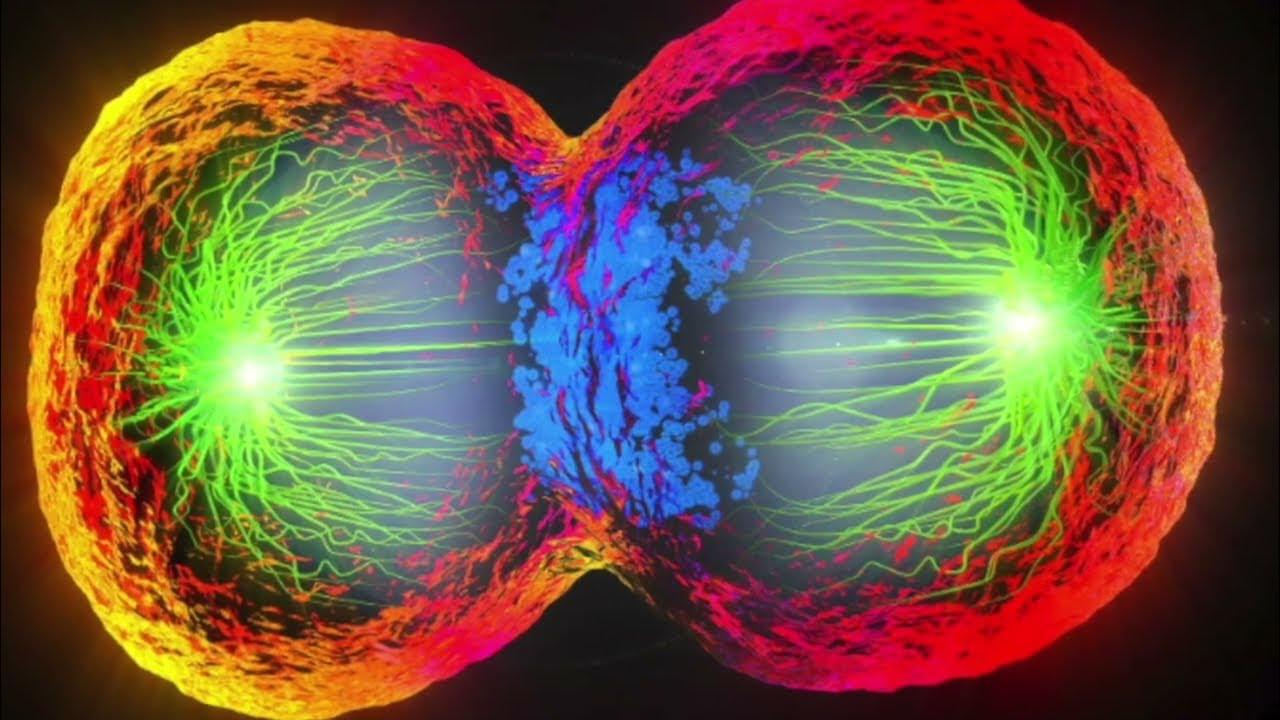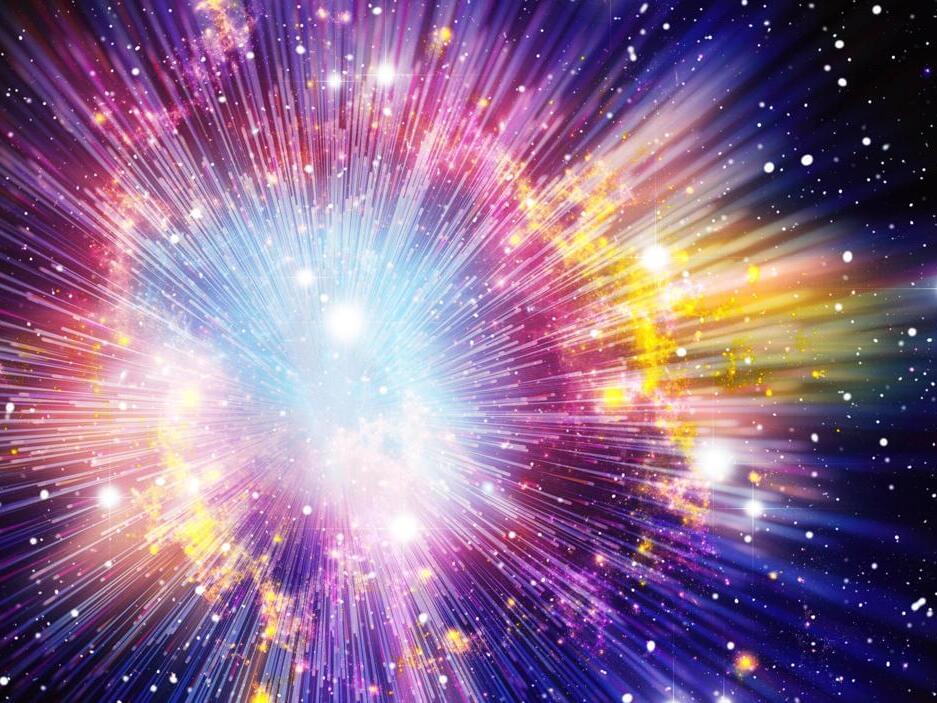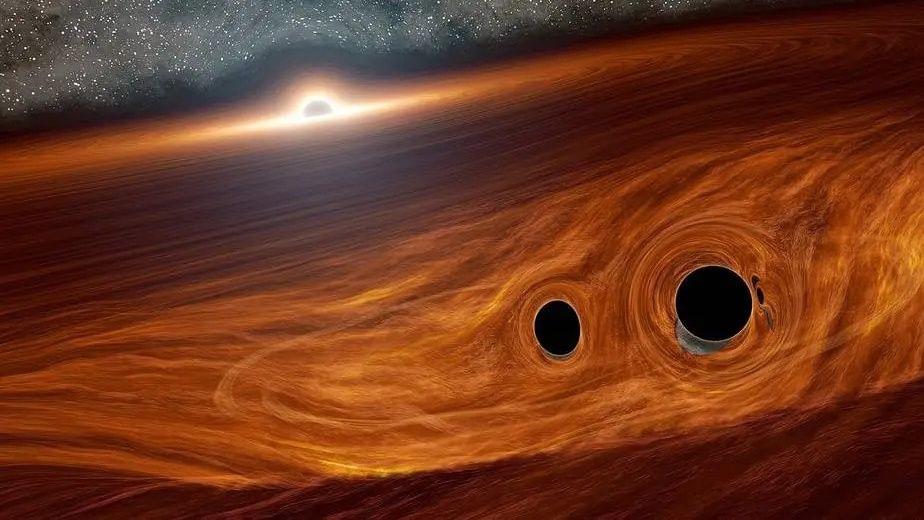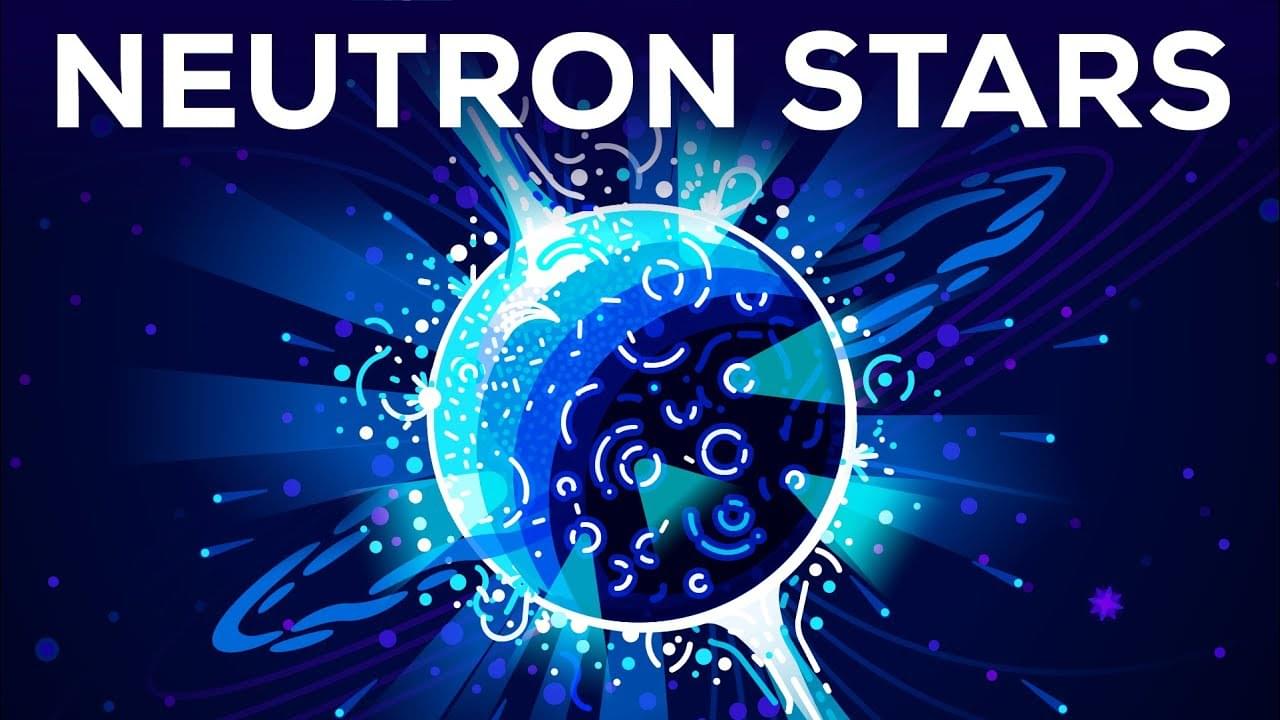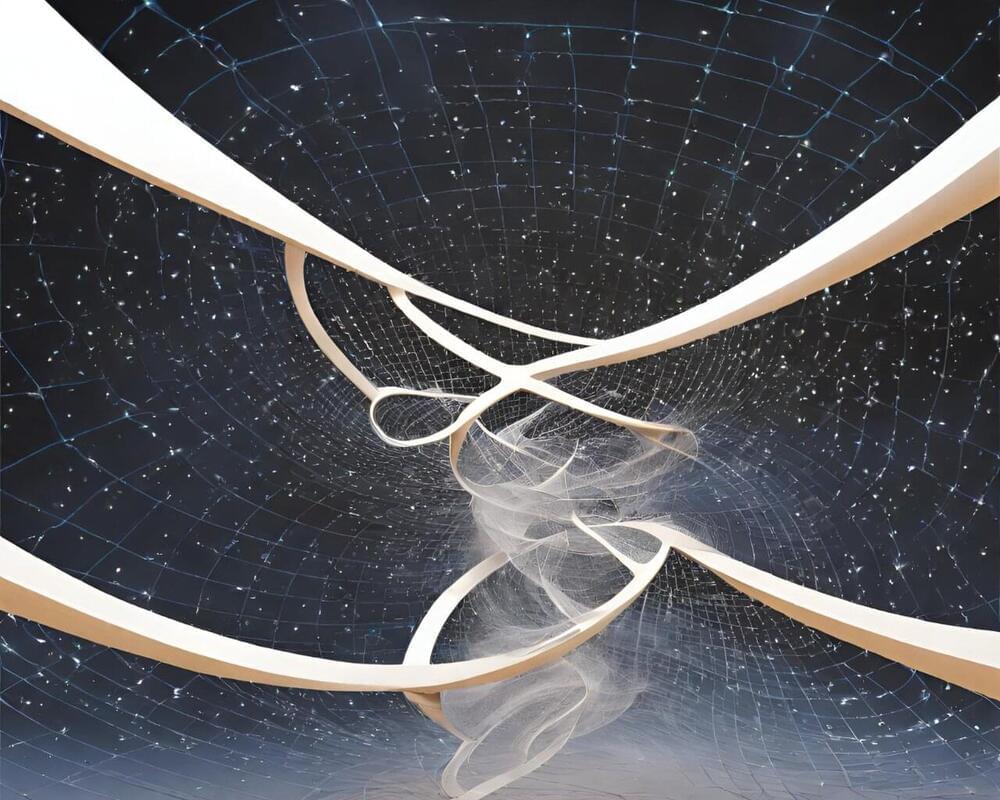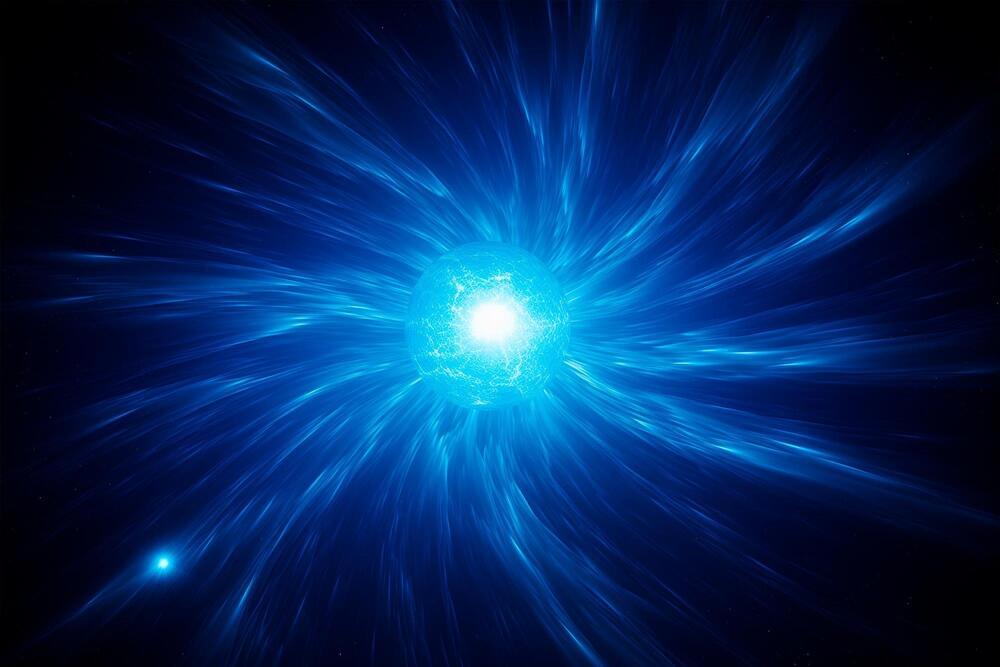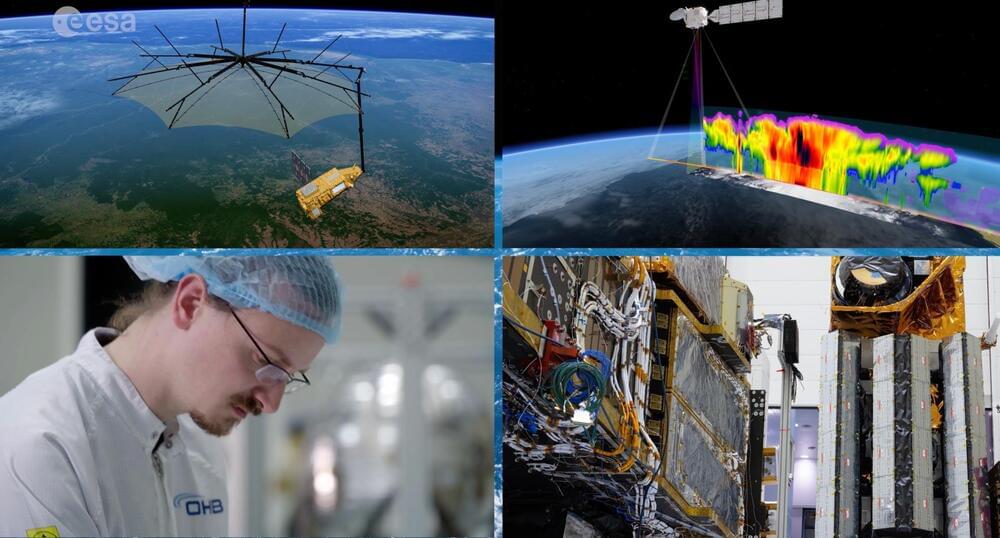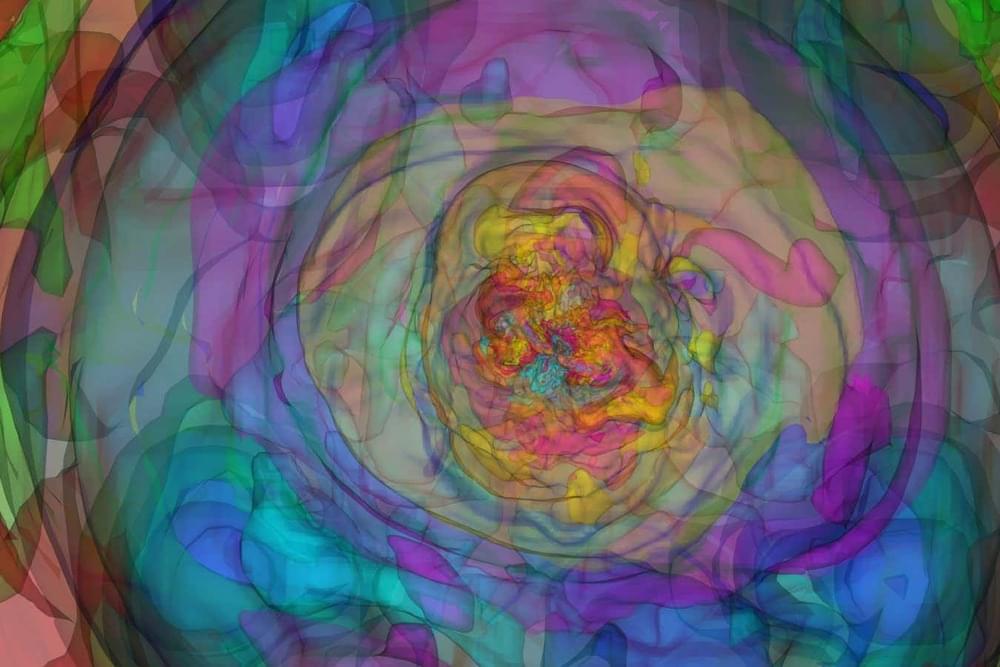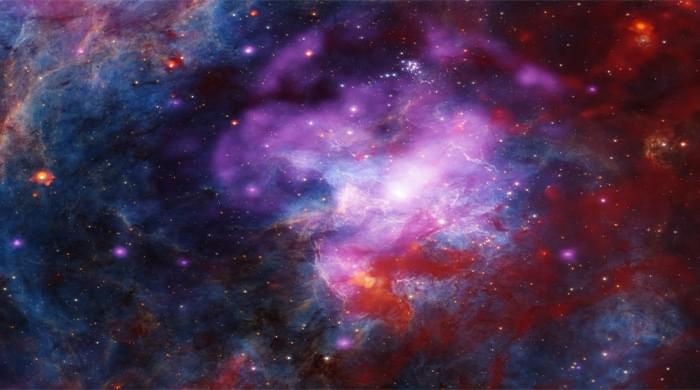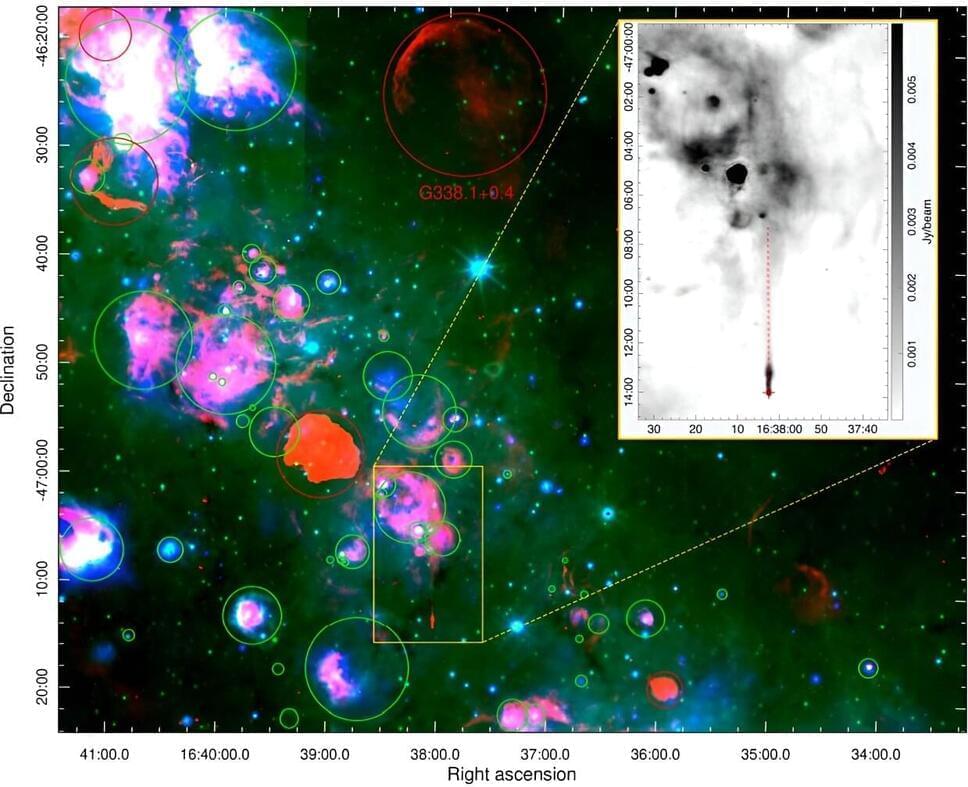Over the past few decades, it has become quite obvious that humans are not the only living organisms with intelligence.
The story of intelligence you are about to experience goes back 13.8 billion years, back to the moment the universe was born: the Big Bang. It’s a story of time and space, matter and energy. It is a story of unfolding, It’s the story of how the very nature of the physical universe from its very inception led to the universe getting to know itself and eventually, to reflect.
Complexity, Evolution, and Intelligence is comprised of five parts, each corresponding to a movement in Dan Forrest’s “Requiem For The Living.” This composition was performed August 2, 2013 in Raleigh, NC by Bel Canto, conducted by Dr. Bill Young.
